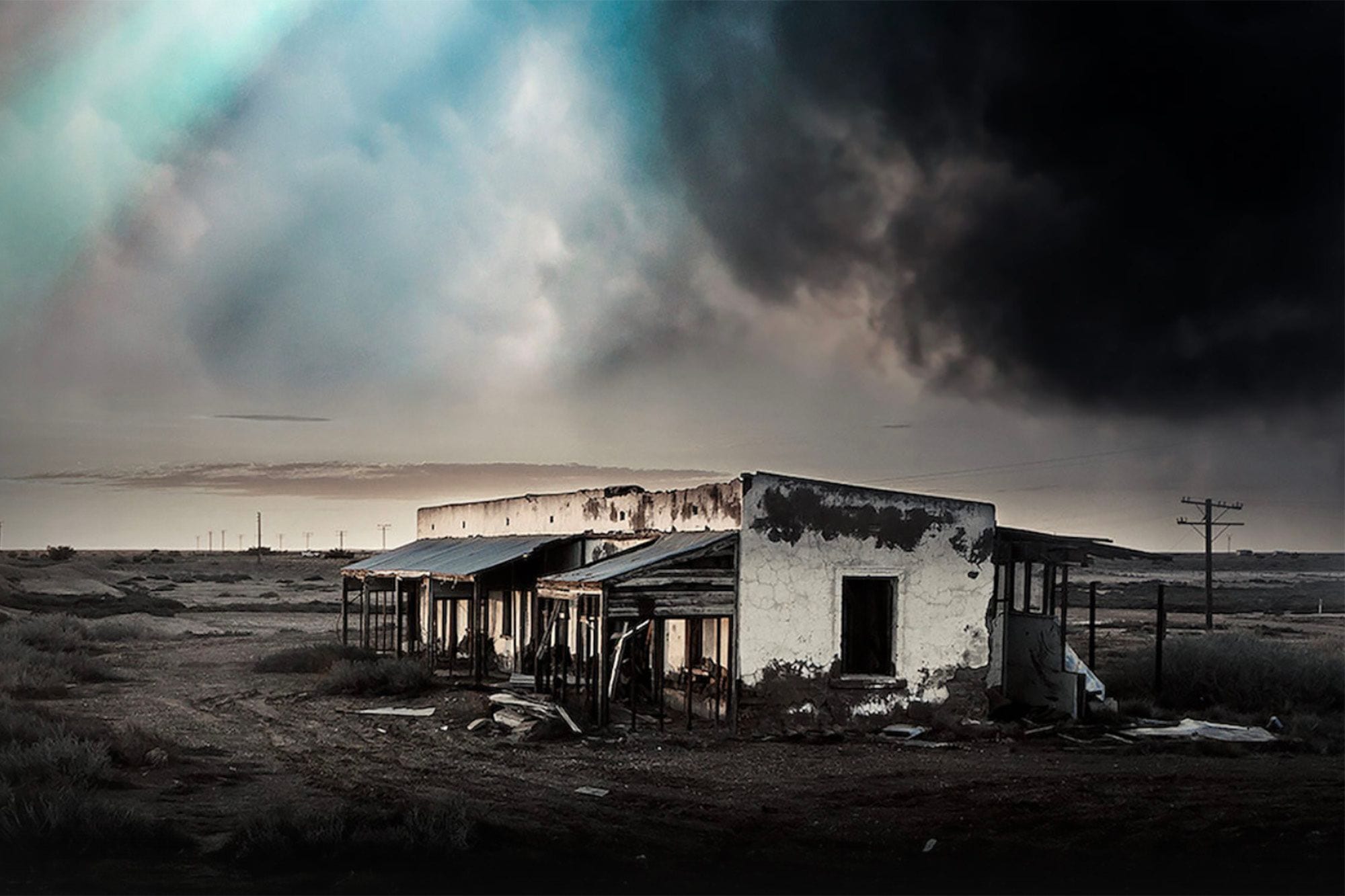
Unlike many other shows in the true crime genre, resolutions are not the standard for the Unsolved Mysteries – cue its name. A 1-800 number allows viewers to dial in clues that can solve the investigation. Operators are standing by. Someone somewhere knows the truth. That someone could be you. Many episodes conclude with follow-ups in which the mystery is solved, thanks to a keen-eyed viewer. The police escort a man in handcuffs into a patrol car, the victim’s family will finally get closure. The interactiveness is a key part of the show’s allure.
When Netflix revived Unsolved Mysteries for a 12-episode run, the streaming behemoth had every reason to believe it would be a hit once again. True crime has been having a moment. From Serial putting podcasts on the map to Netflix’s own Making a Murderer, Tiger King and The Confession Tapes, the genre’s success has revealed the inner detective inside many of us. Sure enough, Unsolved Mysteries was top of the internal charts by the time that the gunpowder from the fireworks had settled on the socially distanced Fourth of July weekend.
The new season updates the classic participatory concept with a website, unsolved.com, where tips from viewers are collected for cases such as the 2011 Dupont de Ligonnès murders and disappearance, where Agnès and her four children are dead and her husband Xavier is nowhere to be found. A story of excess, intrigue, and murder in an aristocratic French family seems a story custom-made for true crime treatment.
One of the persisting lessons in true crime is that nothing ever happens in isolation. Investigative work is an effort to create a cohesive narrative of the past. The process answers questions that lead to more questions, some of which never be answered. Each episode is formulaic, and the producers love their tropes: the jilted lover, the man with a deep dark secret, the woman who goes missing after an ill-advised blind date. Maybe these are attempts to create rules for the situations in which the unjustifiable happens. The rising tension inevitably culminates in a crash.
The show’s style strays into the kitsch realm. The paranormal element of the closing segments is unfailingly funny, a formula later refined by shows such as Ancient Aliens. The reenactments are over-the-top in their cheesy earnestness. Matthew McConaughey famously got his start on a fifth-season episode of Unsolved Mysteries as Larry Dickens, a bare-chested ex-Marine in a cut-off denim vest who ends up dead after four shots to the chest.
Perhaps this is a self-aware attempt to “lighten” the nation’s mood (ironically), but the fact that real families are affected by the violent incidents featured in the show gets lost. Mr. Dickens in “The Case of Wanted Man Edward Harold Bell” for instance, is a real man, but his story is doomed to be overshadowed by the man who plays him in the reenactment. The experiences of victims and their families are collateral for good, old-fashioned titillating content that viewers feel compelled to opine on. The 2004 case of Patrice Endres in “Thirteen Minutes” featured in the current season, is already generating buzz on social media as the armchair sleuths question why her husband took out a life insurance policy in her name.
Though Unsolved Mysteries has found some early success with its Netflix run, it might end up being short-lived. The zeitgeist has changed substantially since the show first aired in 1987, a period when fear of (and fascination with) “super-predators” and serial killers was at a fever pitch. The Violent Crime Control and Law Enforcement Act of 1994 signed by President Bill Clinton enhanced the severity of the punishment for a multitude of crimes and ushered in the era of mass incarceration.
Today, society is reckoning with the implications of these “tough-on-crime” policies. Law enforcement is no longer seen as the unambiguous good guys, the so-called Thin Blue Line separating the world from chaos. Netflix has to look no further than Ava Duverney’s masterful When They See Us, exploring the real-life impact of the media’s rush to judgment in the Central Park jogger case of 1989, to assess the damage wrought in hot pursuit of a good story. Cops, a dinosaur of the era that first aired the same year as the Central Park Five “sensation”, reached its long-overdue conclusion earlier this year.
The appeal remains, though, for the escapist narratives of true crimes. For millions, the genre is forever linked to longtimeUnsolved Mysteries host Robert Stack’s gravelly voice foreshadowing the incidents that would be covered in the episode that evening, ominous music playing in the background.

- Too Late to Say Goodbye: A True Story of Murder and Betrayal by ...
- Contemplations on the Nature of Truth: True Crime, 'True Detective ...
- True Crime: Streets of LA - PopMatters
- Contemplations on the Nature of Truth: True Crime and Dark Empathy
- Wife Swaps and Pawn Shops: 'The Triumph of Reality TV' - PopMatters
- Shakespeare's 'As You Like It' Trumps Reality TV - PopMatters
- Judging the Judges of Reality TV - PopMatters
- Reality TV by Susan Murray, Laurie Ouellette - PopMatters
- The New Unholy Alliance of Kids and Reality TV - PopMatters
- The Real Housewives of Impending Matriarchy: Reality TV from a ...
- Reality TV's Enduring Racism (and Other Proclivities) - PopMatters
- Love, Divorce and Drama: Reality TV's Short-Lived Loves - PopMatters
- 'Treehouse Masters': Reality TV Fantasies - PopMatters
- The Triumph of Reality TV
- 'Making a Murderer' Sets a High Bar For True Crime Documentary ...
- 'Tiger King' and the Post-Truth Culture War - PopMatters

